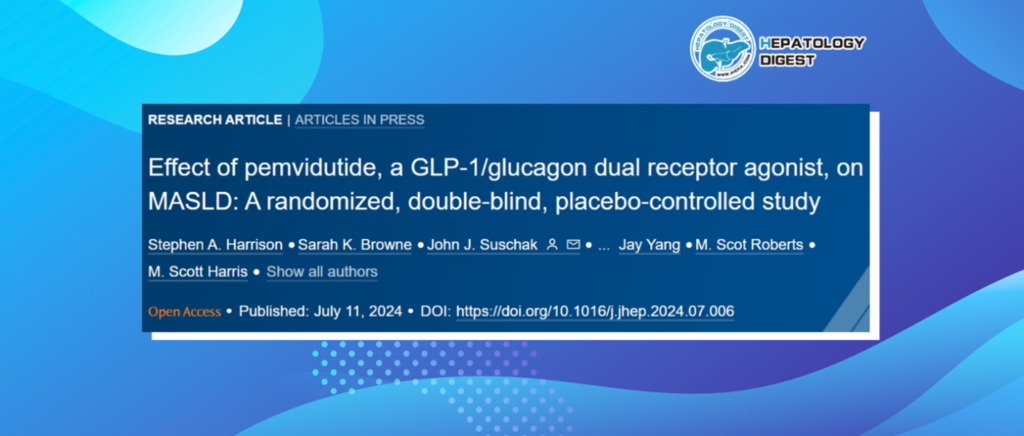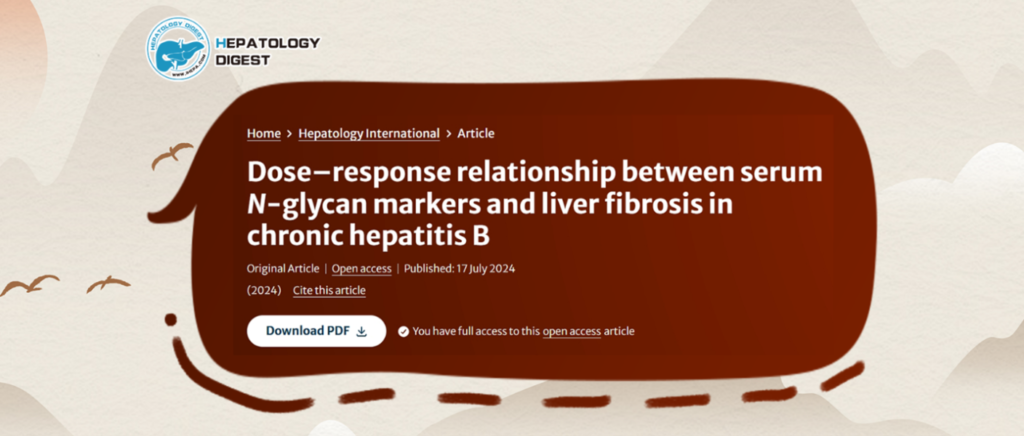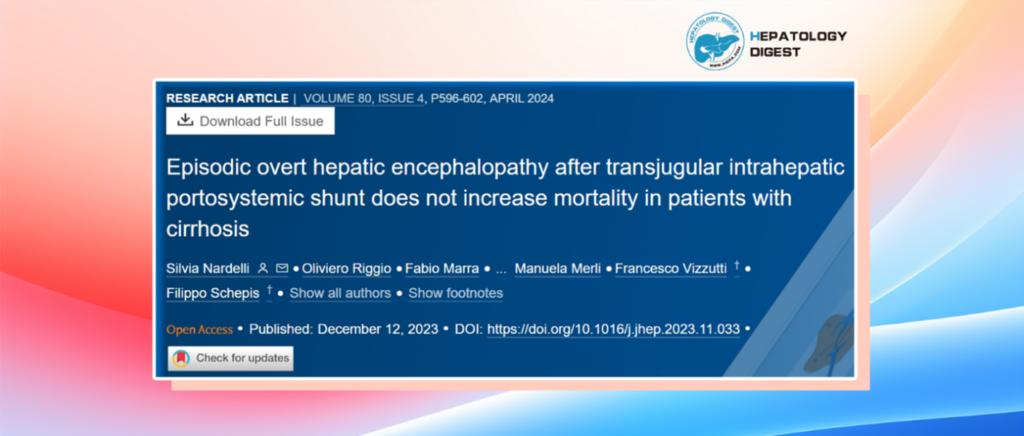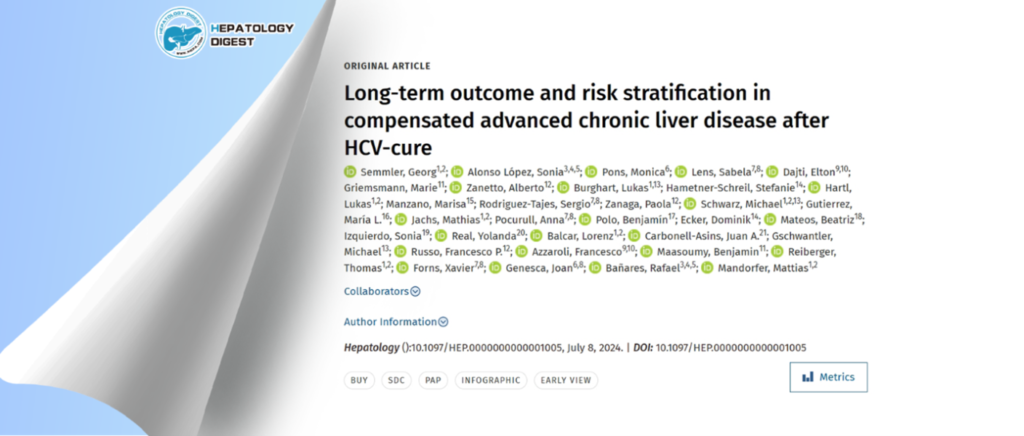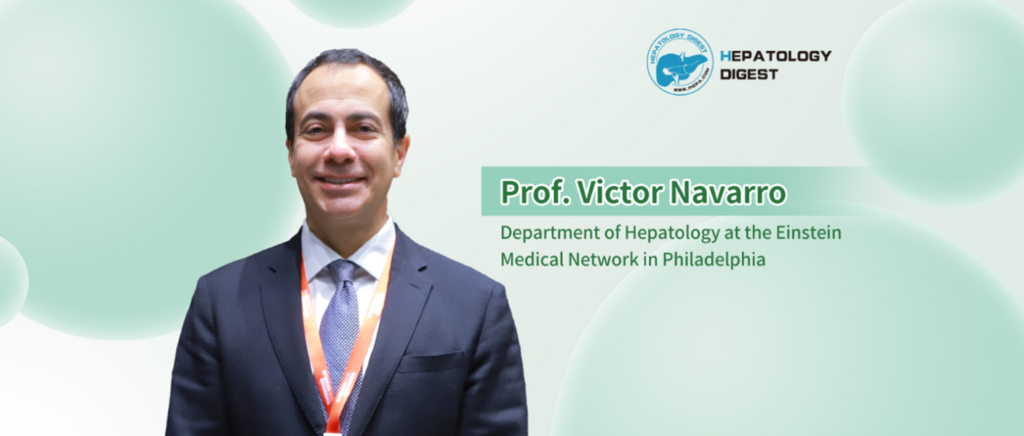JOH丨GLP-1R/GCGR Dual Agonist Offers New Approach for Treating MASLD
It is estimated that 25% of adults worldwide are affected by metabolic dysfunction-associated steatotic liver disease (MASLD). MASLD is characterized by at least 5% liver fat content in individuals who do not consume alcohol or consume very little. MASLD represents the liver manifestation of metabolic syndrome and is closely associated with obesity, insulin resistance, and type 2 diabetes (T2DM). About 20% to 30% of MASLD patients progress to metabolic dysfunction-associated steatohepatitis (MASH), characterized by steatosis, inflammation, and hepatocellular ballooning, with or without fibrosis. It is estimated that 20% of MASH patients will further develop end-stage liver disease. A weight loss of 3% to 5% can improve MASLD, while a weight loss of ≥10% is associated with MASH regression and fibrosis regression, indicating the critical role of obesity in the progression of these diseases. Recently, a study published in the Journal of Hepatology suggests that a GLP-1R/GCGR dual agonist may provide an effective treatment for MASLD and obesity.

